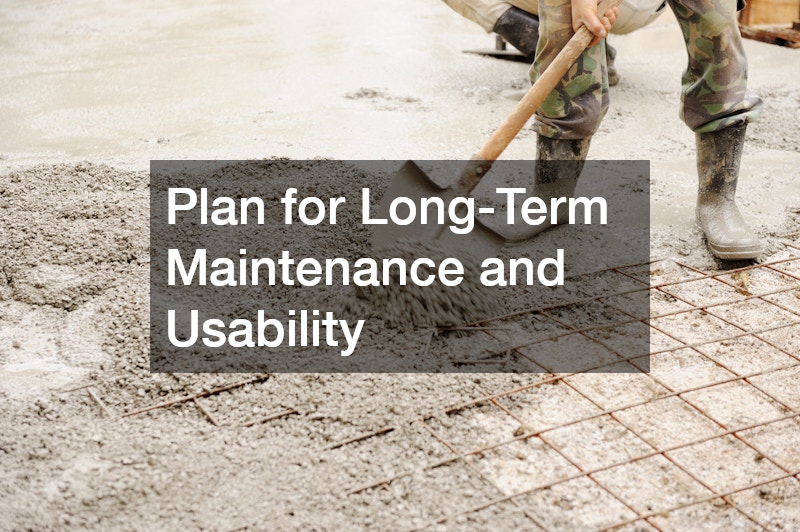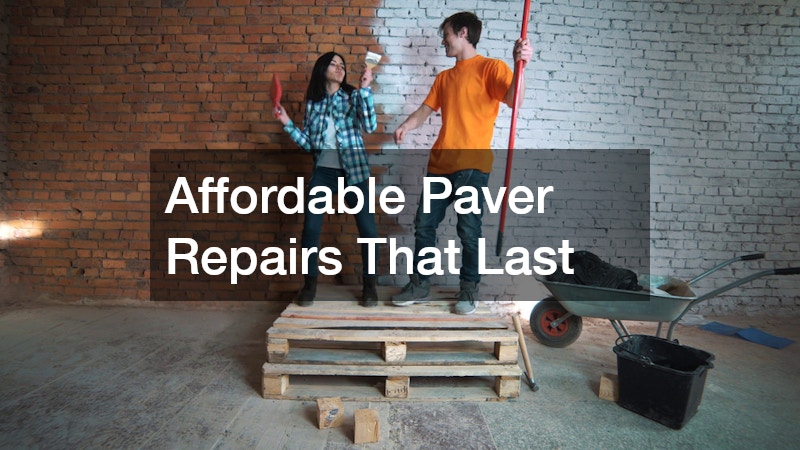Planning a home improvement project is a rewarding way to enhance your living space, boost functionality, and improve your home’s overall appeal. But before diving into your next renovation or upgrade, it’s essential to think through a few critical factors that will guide the entire process. Here are three key things to consider before starting your next home project.
1. Clarify Your Vision and End Goals
The first step in any successful home project is having a clear idea of what you want to achieve. Are you aiming to create more space, improve functionality, or enhance aesthetics? Defining your goals early on allows you to stay focused and make smart decisions along the way.
Start by identifying the primary purpose of the project. Is it for daily convenience, family gatherings, better storage, or a long-awaited dream upgrade? Once your objective is clear, gather inspiration through photos, mood boards, or even visiting model homes. Having a visual reference will help you communicate your vision more effectively with designers, contractors, or anyone else involved.
2. Choose the Right Materials and Services
The quality of materials and the expertise of the professionals you work with will significantly affect the outcome of your project. Selecting the right materials isn’t just about looks—it’s also about longevity, ease of maintenance, and suitability for your home’s environment. For example, in outdoor projects, weather-resistant materials should be a priority. For indoor updates, consider durability and lifestyle compatibility.
Equally important is selecting specialized service providers who understand your needs. If your project involves structural updates like patios, driveways, or decorative finishes, working with companies that offer custom concrete services can make a world of difference. These professionals can tailor solutions to match your home’s style and ensure the work is built to last. Custom concrete can be used to create polished floors, textured walkways, unique countertops, and more—blending functionality with design.
3. Plan for Long-Term Maintenance and Usability
It’s easy to get swept up in trendy finishes or bold design choices, but thinking long-term will save you future headaches. Ask yourself how your new addition or renovation will hold up over time. Will it be easy to clean and maintain? Is it designed for everyday use, or is it mostly decorative?
Consider your lifestyle as well. If you have kids, pets, or frequent guests, your home project should be built for durability and everyday comfort. It’s also worth thinking about how future needs may evolve—such as accessibility, energy efficiency, or the potential to repurpose the space later on.
For example, a stylish outdoor kitchen might seem like a luxury addition that elevates your backyard space—but without proper weatherproofing or strategic placement, it could quickly turn into a costly maintenance issue. Exposure to sun, rain, wind, or snow can deteriorate surfaces, rust metal fixtures, and damage appliances if they aren’t designed to withstand the elements. Additionally, if the kitchen is placed too far from your indoor cooking area or lacks overhead protection, it may end up being used far less than expected due to inconvenience or discomfort.
Similarly, a beautifully designed room without built-in storage may look clean and elegant at first glance, but in everyday life, it can become cluttered and impractical. Whether it’s a home office, living room, or guest bedroom, forgetting to include adequate storage options—such as shelves, cabinets, or hidden compartments—can lead to frustration and wasted space.
By thinking about how the space will be used over time—not just how it looks on day one—you’ll avoid common pitfalls that turn great ideas into long-term inconveniences. Designing with long-term usability in mind means anticipating daily needs, future changes in lifestyle, and the natural wear and tear that comes with regular use. This approach ensures your home project remains functional, enjoyable, and valuable for years to come.
Whether you’re renovating a single room or transforming your outdoor space, thoughtful planning can make your project smoother and more rewarding. By clarifying your vision, choosing the right materials and services—including reliable options like custom concrete services—and designing for long-term use, you’ll create a space that not only looks great but also works beautifully for your lifestyle.
Taking the time to consider these three factors before starting your home project will help you make smart, confident decisions—and bring your vision to life with lasting results.




